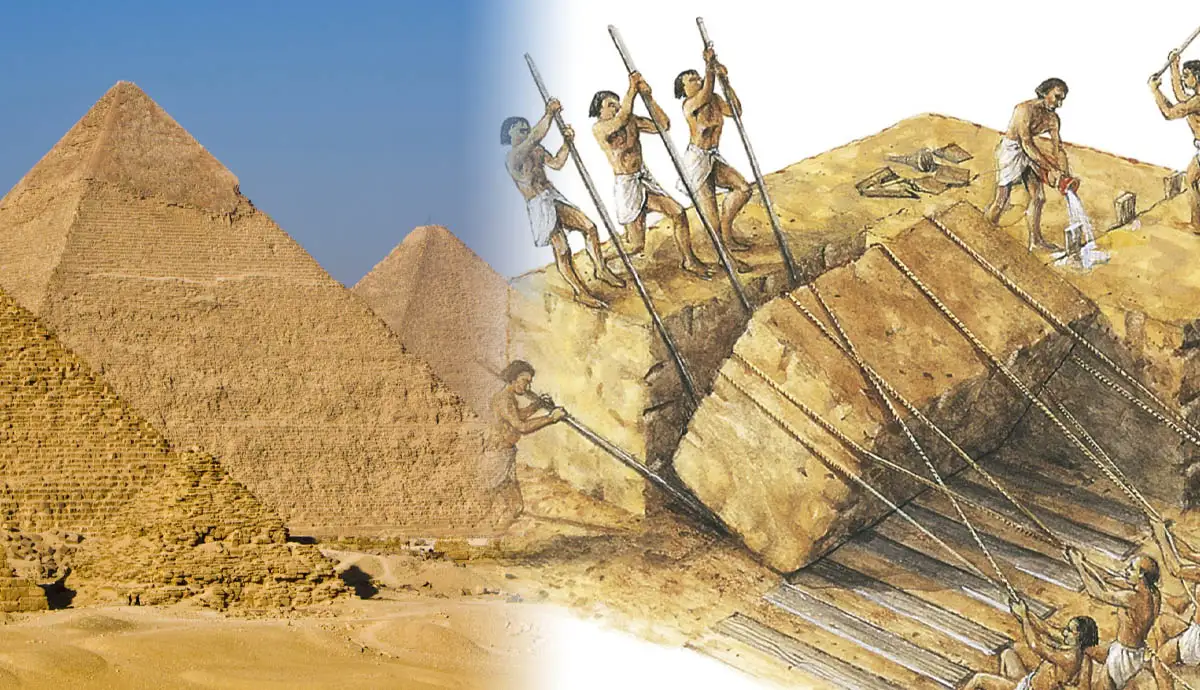Ancient Egyptian pyramids, such as the Pyramids of Giza, have always been shrouded in mystery and mysticism. For a long time it was believed that these massive structures, which were the tombs of the Egyptian pharaohs, were built by a huge force of slaves. However, more and more research and expert opinions now confirm the theory that the builders of the pyramids were not just slaves, but highly skilled artists and professionals.
Archaeological discoveries in recent and ancient years Egypt Detailed analyzes of the writings show that masons were at a much higher professional level than previously thought. Dr. Zahi Hawass, former head of the Egyptian Archaeological Research Institute, asserts that ancient Egyptian society was highly developed and well-organized, which is why building the pyramids probably required a more complex and specialized workforce.
According to more recent theories, the builders of the pyramids were not just slaves, but were skilled builders, architects and engineers who possessed specific skills. The Egyptians managed to accumulate a lot of experience over decades, and constructions could be created in special workshops.

Scientists have discovered a mysterious pyramid from a secret ancient civilization, raising countless scientific questions
Read more…
Read more…
Some researchers have also identified settlements that were intended for ancient Egyptian workers. Here, architects and artists can live their lives, creating a comfortable and ideal environment for them to work. These discoveries indicate that the construction of the ancient Egyptian pyramids relied more on expertise and artistic expression than on the labor of exploited slaves.
The fact that the builders of the pyramids were highly skilled professionals opens a new perspective for the study of ancient Egyptian history and architecture. Revealing the technical and scientific aspects of past constructions may inspire scientists to further research and discovery as traditional ideas about the mystery surrounding the pyramids begin to fade.
Watch the video below to learn more:












































